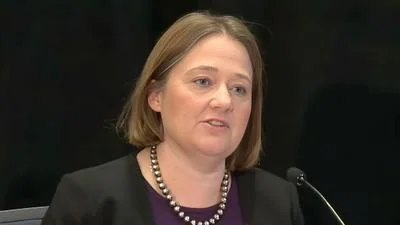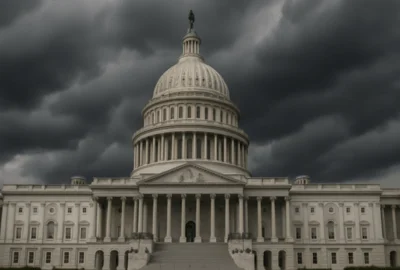The U.S. Department of Education has issued a letter to chief state school officers encouraging them to use existing statutory flexibilities and seek waivers from certain federal requirements under the Elementary and Secondary Education Act (ESEA). This move is intended to give states more control over federal programs, allowing them to allocate resources in ways that best serve their students without being hindered by bureaucratic procedures.
This guidance comes after the release of the 2024 National Assessment of Educational Progress (NAEP) scores, which showed low performance in math and reading. The Department's letter details how states can reduce compliance burdens, the process for developing waiver requests, and how these requests will be reviewed.
Hayley Sanon, Acting Assistant Secretary for the Office of Elementary and Secondary Education, said, "The recent NAEP results are a wake-up call that too many of our students have not been well-served by our public education system. Under President Trump and Secretary McMahon’s leadership, the Department of Education remains focused on empowering families and improving academic achievement through state innovation. We encourage states to use the full range of flexibilities available to them to craft solutions that meet the unique needs of their students. The Department stands at the ready to help them accomplish this."
According to Title VIII of ESEA, if current statutory flexibilities do not suffice, states and tribes may submit requests for waivers from certain statutory or regulatory requirements, with some legal restrictions. The Department also encourages states to reach out via email for informal assistance when preparing waiver proposals.
Recent related efforts by the Department include promoting educational choice through Title I fund flexibility and issuing guidance on school safety options and strategies for turning around underperforming schools.





